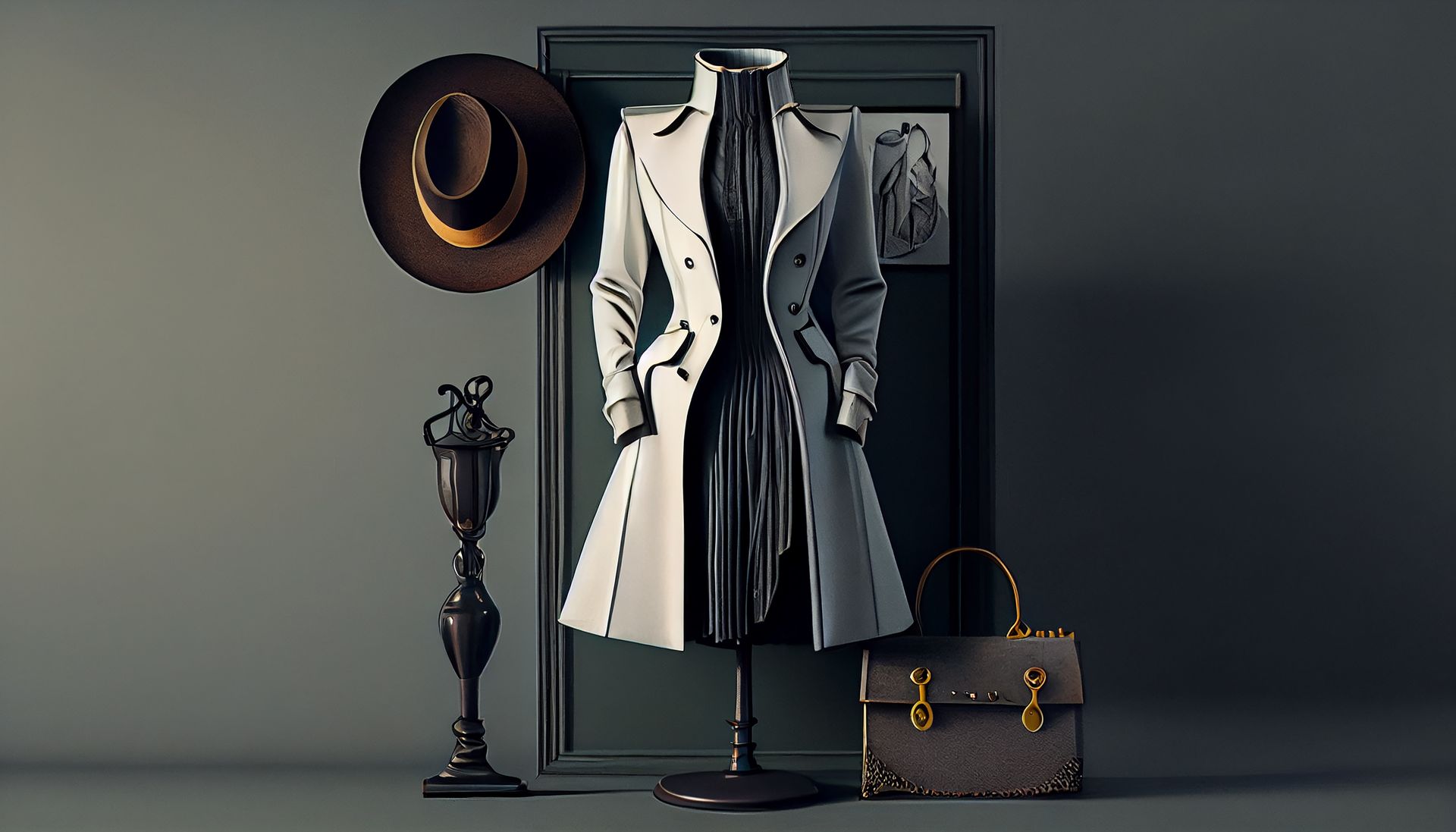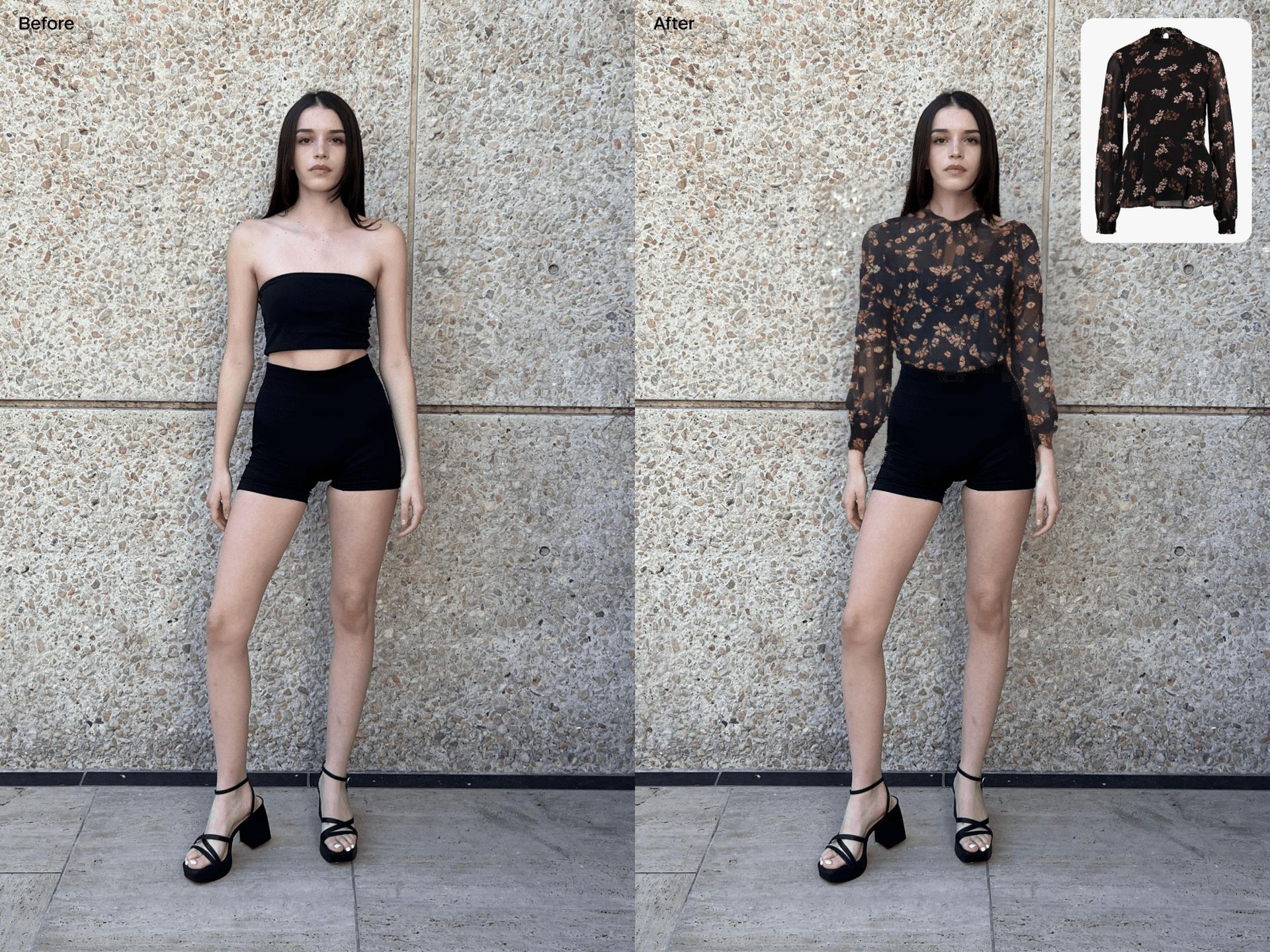Shop smarter with AR try-on technologies

Think about the last time you bought clothes online. Did the jeans hug your curves just right? Was that sweater’s color as vibrant in person? Online shopping can be a gamble, but AR try-on technologies are here to change that.
Forget about guessing fits and imagining colors, this technology lets you see those items on yourself before clicking “buy”!
Let’s delve into how this technology works, its benefits, and how it’s set to shape the future of fashion retail.
AR try-ons are reshaping online shoppingAR try-on technologies essentially allow shoppers to “try on” clothes and accessories virtually. Utilizing your smartphone or computer’s camera, AR technology superimposes realistic images of garments and accessories onto your body.
This enables you to gauge how an item might look, fit, and move on you, all without physically donning it.
A bit of tech magicSo, how do AR try-on technologies for fashion work? Well:
- Product digitization: The first step involves creating highly accurate 3D models of clothing items or accessories. This process may involve 3D scanning or utilization of existing design and pattern data
- Body tracking and size matching: Sophisticated AI algorithms analyze your body shape, measurements, and movements in real-time through your camera’s feed. This data is used to ensure the virtual garment is appropriately scaled and draped over your body
- Augmented reality overlay: Finally, the 3D model of the selected item is superimposed onto your live image, creating the illusion that you’re physically wearing it. You can often rotate, zoom in, and examine the clothing from different angles
Advanced AR try-on solutions go beyond simply overlaying the garment. They consider fabric properties like texture, drape, and how the item responds to movement. This means you’ll get a sense of how the material flows, whether it feels restrictive or loose, and if it shimmers or wrinkles under different lighting.
Within just a single year, the evolution of machine learning applications has been nothing short of breathtaking. Where once the focus was primarily on generating text, we now see a stunning explosion of capabilities. AI-powered systems can conjure realistic images, craft captivating videos, and revolutionize shopping experiences with virtual try-ons. The pace of transformation is remarkable, suggesting a future where the ways we create, interact, and consume content will be forever changed.
And all these are possible today thanks to complex machine learning algorithms the whole tech world has been working on for a long time. AI and machine learning’s impact on startups can be seen more clearly with each passing day.
Brands are already adopting itMany fashion brands and retailers like Gucci, Burberry, and Chanel, are already embracing AR try-on technology.
Using Snapchat’s popular AR Lens feature, the Gucci brand was the first to break new ground in this area, offering Snapchat users the opportunity to try on shoes before they even buy them, let alone go to the store.
This innovative approach showed brands and us a whole new potential: We don’t have to leave our homes to try fashion products. Since then, many brands have worked on this and strived to develop AR-try on technology. One such brand is ZERO10.
ZERO10, a prominent player in the fashion industry’s virtual try-on (VTO) space, has introduced its novel Multi-Task ML model. This development, mirroring concepts used by industry giants like Tesla, has the potential to transform AI-powered solutions specifically within real-time AR try-on experiences.
A fundamental challenge of VTO lies in achieving real-time processing without sacrificing visual quality. AR try-on for apparel and accessories requires complex machine learning (ML) tasks like 3D body tracking and multi-class segmentation, each demanding real-time execution.
With traditional sequential ML model processing, performance limitations have been a consistent problem. ZERO10’s Multi-Task ML model offers a solution as explained on Zero10’s tech page.
 Balancing real-time processing and quality is a key challenge in virtual try-on and ZERO10 is spot on (Image credit)
Balancing real-time processing and quality is a key challenge in virtual try-on and ZERO10 is spot on (Image credit)
Finding the perfect clothes is amazing, but what about the makeup to match? Perfect Corp’s makeup AR takes the guesswork out of online cosmetic shopping. Their hyper-realistic tech lets you do just that with impressive accuracy!
With Perfect Corp’s makeup AR, you get to try before you buy! Play around with different lipsticks, eyeshadows, and more, confident that their advanced color-matching guarantees incredibly realistic results. Struggling to decide if glitter is your style or a subtle matte is more your vibe? Perfect Corp’s AR captures textures beautifully, letting you see exactly how a shimmery shadow or a creamy lipstick will look.
Plus, thanks to its powerful skin tone analysis and lighting adjustments, your virtual makeup trials will seamlessly blend with your new outfit for a complete look.
It’s not just Gucci, Burberry, or ZERO10; the whole fashion industry is waking up to AR. All of the big brands have been investing in AR try-on technology ever since Meta announced their intentions on Metaverse, knowing it reduces returns and makes shopping more fun for customers for any type of retail product.
AR technologies in vogueThe introduction of such machine learning models aligns with a broader surge of interest and investment in augmented reality (AR) and virtual reality (VR) technologies. Market forecasts indicate substantial growth in the coming years, fueled by advancements in hardware, software, and real-world applications.
AR and VR are transforming various industries:
- Retail: Virtual try-on solutions like ZERO10’s are reducing returns and boosting customer engagement for fashion brands
- Entertainment: Immersive gaming experiences continue to push the boundaries of interactive entertainment
- Training and education: AR/VR simulations offer safe, controlled environments for skill development in fields ranging from healthcare to industrial operations
- Healthcare: VR is used in patient therapy and surgical planning, while AR assists in diagnostics and visualization
This upward trend demonstrates the increasing recognition of AR/VR’s potential to enhance experiences, streamline processes, and open new avenues for innovation.
The recent release of Apple’s Vision Pro headset further accelerates this momentum. The device’s high-precision displays, spatial audio, and advanced sensor technology promise to unlock next-generation AR/VR experiences across the sectors mentioned before.
AR try-on technologies are about to make online shopping a whole lot easier and more fun. Uncertain fits and disappointing colors might just become a thing of the past. The future of fashion truly is at your fingertips!
Featured image credit: vecstock/Freepik.
